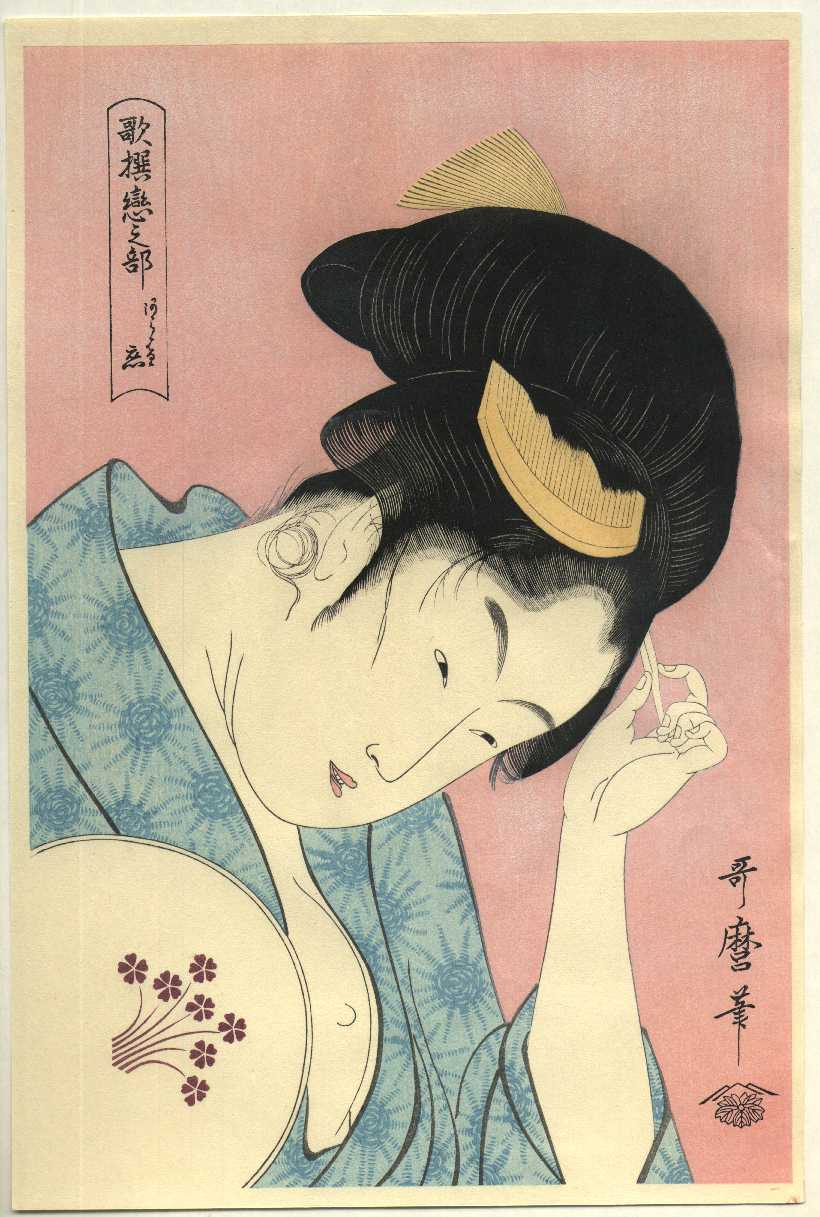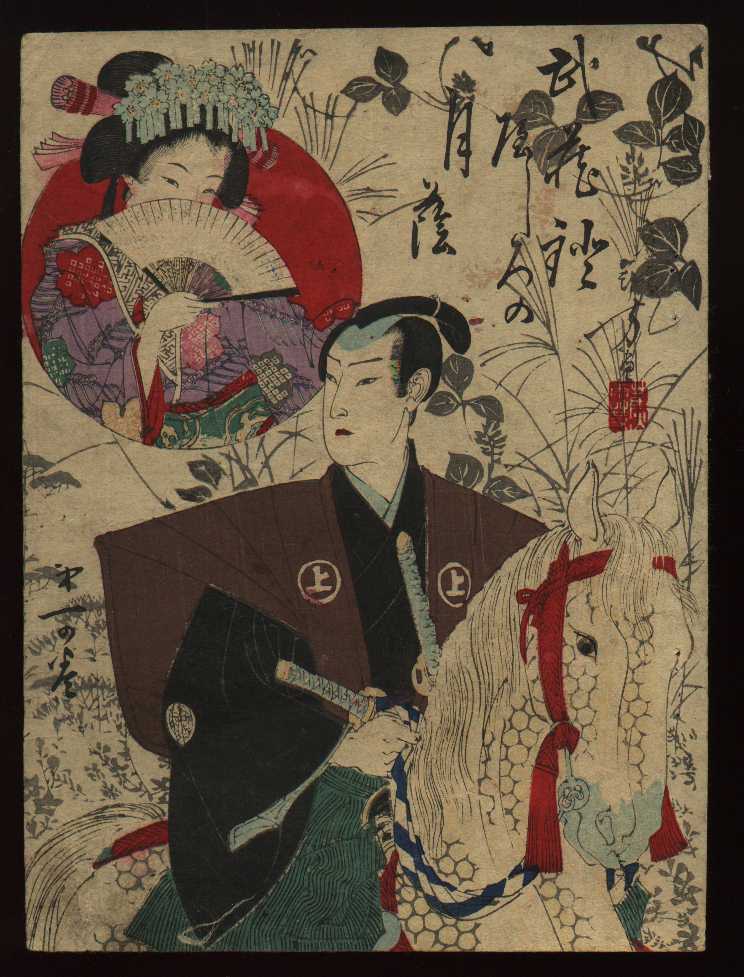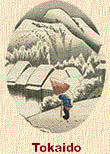|
|
|
|
|
|
|
|
|
|
|
|
|
|
|
|
Ukiyo-e prints and paintings are among the most widely celebrated and familiar artifacts of the Edo period. With the rise of the merchant class during the seventeenth century, there followed a demand for depictions of contemporary urban life in a new style. Ukiyo-e artists responded, taking their cues from incidental genre scenes in sixteenth and seventeenth century Tosa-school paintings as well as other sources (including the Kanô artists and the 'Nara-e' illustrated books and scrolls), and then blending them with a fashionably modern approach into a hybrid form of plebian art. Ordinary life became the extraordinary focus, and before long several essential themes emerged. Although ukiyo-e artists never entirely abandoned classical subjects such as nature scenes, their response to the patrons of ukiyo-e resulted in subjects more specific to their own experience. Thus pictures of beautiful women ('bijinga') became a popular subject, especially women of the pleasure quarters or famous beauties of the day. The fantasies they afforded and the contexts they provided for idealized portraiture and depictions of the most up-to-date fashions can hardly be overstated. Portraits of actors both on and off the stage were particularly popular with the avid fans of the kabuki theater, and the dramatizations of historical, military, legendary, and contemporary tales added to the storehouse of topics for printmakers. Daily amusements (customs, manners, festivals, entertainments) of the commoner class became fit subjects for ukiyo-e, as did the illustration of everyday domestic activities. Finally, while used in limited measure in early ukiyo-e, landscape art appeared in full bloom beginning in the second quarter of the nineteenth century.
The complete range of ukiyo-e prints is much too large to present here. Instead, a few selected artists and topics have been included (see the picture links above) to offer some idea of the quality and styles of ukiyo-e printmaking. The early 'sumi-e' (prints in black pigment only, sometimes hand-colored) of the seventeenth and early eighteenth centuries were often wonderfully expressive and powerful works of art. Two- and three-color prints appeared regularly by the second quarter of the eighteenth century, and then widespread production and commercialization of full-color prints ('nishiki-e' or "brocade print") began in the 1760s. Ukiyo-e were the result of a collaboration among artist, block cutter, printer, and publisher. Their skill and creativity yielded designs of utmost refinement, as well as imaginative, earthy expressions of the lives of the commoners. Ukiyo-e represent one of the great achievements of the Edo and Meiji periods, and at its best, there was no finer graphic art ever produced in the woodblock medium anywhere in the world. ©1999-2001 by John Fiorillo
|
 |
Sample Photo 1

|
Hawaiian Sunset

|
|
Sample Photo 3
|
Sample Photo 4
 |
|
Sample Photo 5

|
Sample Photo 6

|
|
Sample Photo 7

|
Sample Photo 8

|
|
Sample Photo 9

|
Sample Photo 10
|
|
Sample Photo 11

|
Sample Photo 12
|
|

|
|
|
|
|
|
|
|
|
|
|
|
|
|
|
|
|
|
|
|
|
|
|
|
|
|
|
|
|
|